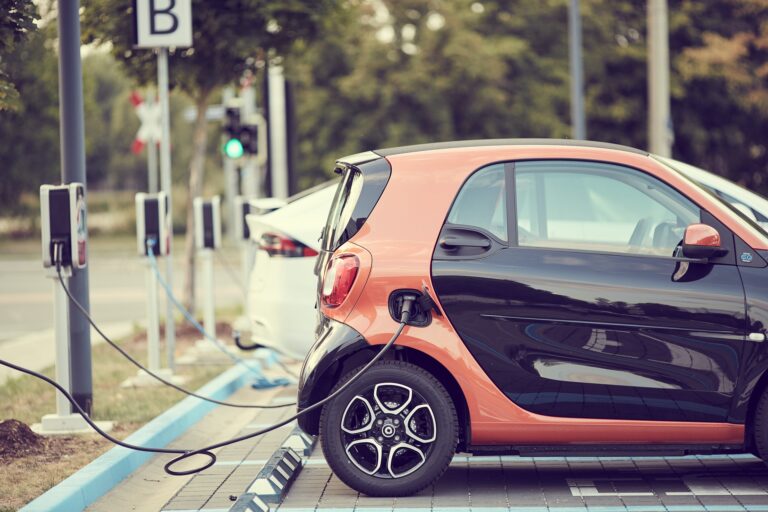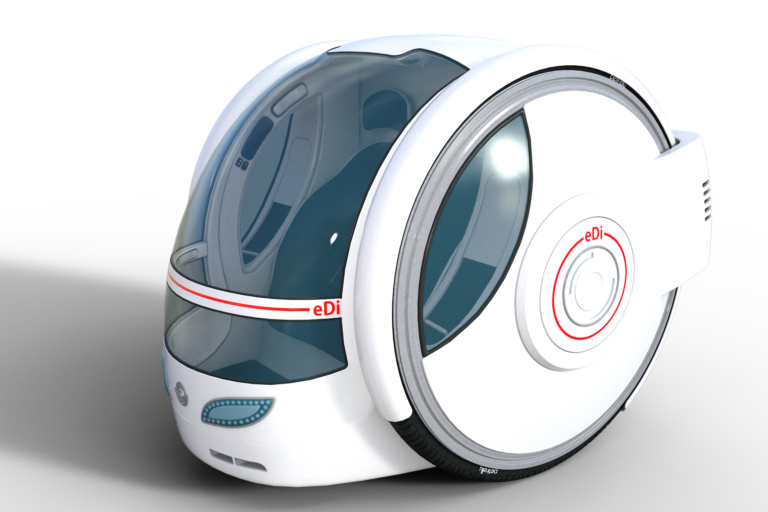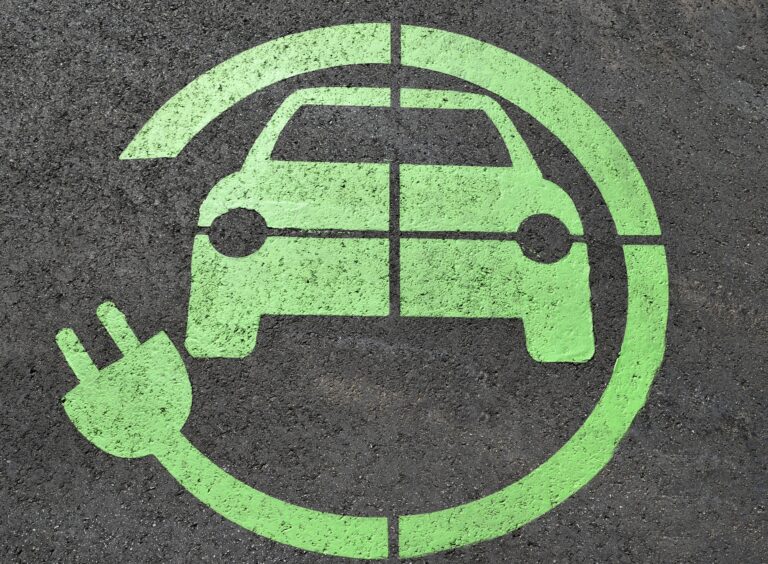With the rise of computationally advanced technologies, such as artificial intelligence (AI) and machine learning (ML), self-driving cars have become a reality.
Self-driving cars, also known as autonomous vehicles, are vehicles that can operate reliably without human intervention. They are equipped with a variety of sensors, cameras, and other technologies that allow them to sense their surroundings and make decisions based on that information. AI is one of the key technologies that enable self-driving cars to operate safely and effectively.
AI in Self-Driving Cars
Self-driving cars rely heavily on AI to sense and analyze their environment, make decisions, and take actions. AI enables self-driving cars to understand their surroundings and respond to different situations in real-time. The technology uses various algorithms, such as deep learning, to process large amounts of data and make informed decisions.
One of the key components of AI in self-driving cars is computer vision. Self-driving cars use cameras, sensors, and lidar technology to sense the environment around them. These analyze the data and determine the safest way to avoid the obstacle. The car may slow down, swerve, or even stop depending on the situation.
Another important component of AI in self-driving cars is machine learning. Machine learning algorithms enable self-driving cars to learn from experience and improve over time. The more data the AI system is exposed to, the better it becomes at making decisions. This is known as “training” the system, and it is a critical part of developing self-driving cars that can operate safely and effectively.
Challenges of AI in Self-Driving Cars
While AI is critical to the development of self-driving cars, there are still significant challenges that need to be addressed. One of the biggest challenges is ensuring that the AI system is reliable and safe. Self-driving cars must be able to make decisions quickly and accurately in all types of situations. They must also be able to detect and respond to unexpected events, such as road closures, accidents, and weather conditions.
Another challenge is ensuring that the AI system is secure. Self-driving cars are connected to the internet, and this connectivity creates a potential vulnerability for cyber attacks. Hackers could potentially take control of self-driving cars and cause accidents or other types of harm. Ensuring the security of the AI system is critical to the safety and reliability of self-driving cars.
Recent Advances in AI for Self-Driving Cars
Despite these challenges, there have been significant advances in AI for self-driving cars in recent years. For example, researchers have developed algorithms that enable self-driving cars to navigate complex urban environments, including navigating intersections, handling stop signs, and detecting pedestrians.
Another recent advance is the development of reinforcement learning algorithms. Reinforcement learning is a type of machine learning that enables self-driving cars to learn from experience by rewarding positive behaviors and penalizing negative ones. This approach has been used to develop self-driving cars that can handle challenging driving conditions, such as driving in heavy traffic or on difficult roads.
In addition, researchers are exploring the use of AI to improve the safety and reliability of self-driving cars. For example, AI algorithms can be used to detect and respond to driver distraction or fatigue, which are leading causes of accidents.
Conclusion
In conclusion, the role of artificial intelligence in self-driving cars is critical to the development of autonomous vehicles that can operate safely and effectively. AI enables self-driving cars to sense and analyze their environment, make decisions, and take actions in real-time. While there are significant challenges to developing reliable and safe AI systems for self-driving cars, recent advances in machine learning, computer vision, and reinforcement learning are helping to address these challenges. With continued research and development, self-driving cars have the potential to revolutionize the way we travel and improve safety on our roads.
Image by Peace,love,happiness from Pixabay


















